Se espera que el mercado de fluidos térmicos registre una CAGR del 3% entre 2024 y 2031, con un tamaño de mercado que se expandirá de US$ XX millones en 2024 a US$ XX millones en 2031.
El informe de mercado de fluidos térmicos está segmentado por producto (fluidos térmicos a base de silicona y aromáticos, fluidos térmicos a base de aceites minerales, fluidos térmicos a base de glicol y otros). El mercado está segmentado en función del uso final (petróleo y gas, productos químicos, alimentos y bebidas, productos farmacéuticos, calefacción, ventilación y aire acondicionado, y otros). El tamaño del mercado y el pronóstico a nivel mundial, regional y nacional para todos los segmentos clave del mercado están cubiertos bajo el alcance. El informe ofrece el valor en USD para el análisis, los segmentos, las regiones y los países anteriores. El informe cubre las tendencias del mercado, así como la dinámica del mercado, como los impulsores, las restricciones y las oportunidades clave. El informe también cubre el panorama de la industria y el análisis de la competencia que cubre la concentración del mercado, el análisis del mapa de calor, los actores destacados y los desarrollos recientes en el mercado.
Propósito del Informe
El informe Thermic Fluids Market de The Insight Partners tiene como objetivo describir el panorama actual y el crecimiento futuro, los principales factores impulsores, los desafíos y las oportunidades. Esto proporcionará información a diversas partes interesadas del negocio, como:
- Proveedores/fabricantes de tecnología: Para comprender la dinámica cambiante del mercado y conocer las oportunidades potenciales de crecimiento, lo que les permitirá tomar decisiones estratégicas informadas.
- Inversionistas: Realizar un análisis exhaustivo de tendencias sobre la tasa de crecimiento del mercado, las proyecciones financieras del mercado y las oportunidades que existen en toda la cadena de valor.
- Órganos reguladores: Regular las políticas y vigilar las actividades del mercado con el objetivo de minimizar los abusos, preservar la confianza de los inversores y defender la integridad y la estabilidad del mercado.
Segmentación del mercado de fluidos térmicos
Producto
- Fluidos térmicos a base de silicona y aromáticos
- Fluidos térmicos a base de aceites minerales
- Fluidos térmicos a base de glicol
Uso final
- Petróleo y gas
- Productos químicos
- Alimentos y bebidas
- Productos farmacéuticos
- Calefacción, ventilación y aire acondicionado
Personalice este informe según sus necesidades
Obtendrá personalización en cualquier informe, sin cargo, incluidas partes de este informe o análisis a nivel de país, paquete de datos de Excel, así como también grandes ofertas y descuentos para empresas emergentes y universidades.
- Obtenga las principales tendencias clave del mercado de este informe.Esta muestra GRATUITA incluirá análisis de datos, desde tendencias del mercado hasta estimaciones y pronósticos.
Factores impulsores del crecimiento del mercado de fluidos térmicos
- Escalating Demand for Effective Heat Transfer Fluids: Amongst the many factors contributing to the growth of the thermic fluids market, the escalating requirement for effective heat transfer across industries is perhaps the most significant. Thermic fluids, referred to as heat transfer fluids, help maintain desired temperatures in systems that involve industrial heating and cooling as well as refrigeration. In turn, the expansion of the chemical, automotive, oil and gas and food processing industries, among others, is increasing the need for high-quality heat transfer fluids that effectively manage heat even at extreme operational temperatures. The provision of thermal control in enclosed spaces is the other reason why thermic fluids are highly regarded as it minimizes the wastage of the heat energy, resulting to improved efficiency and reliability in their work.
- Renewable Energy Sector Boosts Demand: Another notable factor that encourages the sales of thermic fluids is the rise of the renewable energy market. In this situation, for instance, solar energy thermal electricity plants employ high-temperature thermal fluids to gather and store sunlight for conversion into electrical power. Likewise, high-temperature thermal fluids are also employed in CSP systems and geothermal energy systems. With the speed of the transition to a green economy increasing nearly worldwide, it is expected that the ratios of usage of thermic fluids in renewable energy systems that operate at high temperatures and are also energy efficient will increase dramatically.
- Industrial Automation and Process Complexity Increase Demand: The modern rise of industrial automation in addition to the rising intricacy of the industrial processes, is leading to an increase in the requirement for thermic fluids. Contemporary industries like chemical processing, plastic production, and metalworking fit various devices and processes within these industries that require heating, cooling and even heat treatment to a certain degree. Thermic fluids also provide a uniform temperature for processes in which process efficiency is paramount. The emergence of productivity and automation in industries will continue to call for an increase in the use of thermic fluids for the functioning of such advanced systems.
Thermic Fluids Market Future Trends
- Sustainability Concerns Drive the Development of Environmentally Safe Thermic Fluids: One noticeable trend in the thermic fluids market is the growing concern about sustainability and accountability. Most of the classic thermic fluids have some toxic ingredients that have harmful short and long-term effects on mother nature. As environmental policies tighten, there is a clear move to come up with safe solutions for the environment that do not pose any threats to it. This has led to manufacturer’s concentrating on the use of non-biodegradable, less risky fluids. In this regard, also, it is expected that new innovations will be created whereby companies will also have to enhance the sustainability and recovery of thermic fluids.
- Emerging Technology Shapes the Future of High-Performance Thermic Fluids: The emerging technology is largely impacting how the future thermic fluids market will look like. High-performance thermic fluids for generation new generation of thermic fluids are under development with a special focus on high thermal stability, low viscosity and high heat retention. Such advanced fluids are made to work at much higher ranges which industries such as automotive and aerospace. Effective and high-performance heat transfer fluids also synthetic thermic fluids will have higher values of oxidation resistance and will last for a long time thus making them more suitable in advanced manufacturing operations. Also, fluids that can alter their properties due to changes in outside factors are now a new area of focus.
- Rising Demand for Electric and Hybrid Vehicles Boosts Thermic Fluids Market: The growing uptake in electric and hybrid vehicles is a fresh opportunity for the growth of the thermic fluids market. Such vehicles require highly advanced thermal management systems to enhance the performance of the battery, powertrain and motor. In electric vehicles (EVs) these thermic fluids are critical in ensuring that the battery operation temperatures are maintained within a certain range to avoid overheating and optimize performance. As the automotive industry embraces green energy more, the use of thermic fluids in the electric vehicle industry is likely to grow higher in demand close as EVs will increasingly be available in the market.
Thermic Fluids Market Opportunities
- Chemical and Petrochemical Industries Drive Demand: The chemical and petrochemical industries are two of the leading end-user industries with regards operatic fluids. For various applications, which include distillation, refining and polymerization, such industries call for an accurate control of temperature. Growing demands of chemical and petrochemical products in the world, particularly in the developing economy markets, present a huge thermic fluid supplier opportunity for more effective heat transfer. The growth of refineries, chemical plants, and production sites in these parts of the world gives a great opportunity for the growth of the market.
- Renewable Energy Growth Fuels Demand: Renewable energy items, including thermic liquids are increasingly used in the innovation of active solar energy surfaces and in geothermal heat energy. Solar thermal power systems are dependent on heat transfer fluids to store and convert solar energy into electric energy, while in geothermal heat energy systems, thermic fluids are employed to extract heat from the Earth. In the wake of global energy crisis, in which all forms of renewable energy are appreciably driven, it is envisaged that in this category of the market, the special thermic fluids designed to operate in these extreme applications will be sought for by the manufacturers.
- Thermic Fluids in the Food and Beverage Industry: In the food and beverage industry, there is always room for the application of thermic fluids for operations like cooking, pasteurization, and even freezing. Such operations involve a lot of temperature control, which is simplified with thermic fluids. Considering the global increase in population that seeks particularly fast food products in the developing regions, the market for thermic fluids will always be driven by the need for heat transfer solutions that maintain the safety and quality of the products. This has provided a chance for the producers to innovate and sell thermic fluids that can be used in the food and beverage industry.
Thermic Fluids Market Regional Insights
The regional trends and factors influencing the Thermic Fluids Market throughout the forecast period have been thoroughly explained by the analysts at Insight Partners. This section also discusses Thermic Fluids Market segments and geography across North America, Europe, Asia Pacific, Middle East and Africa, and South and Central America.
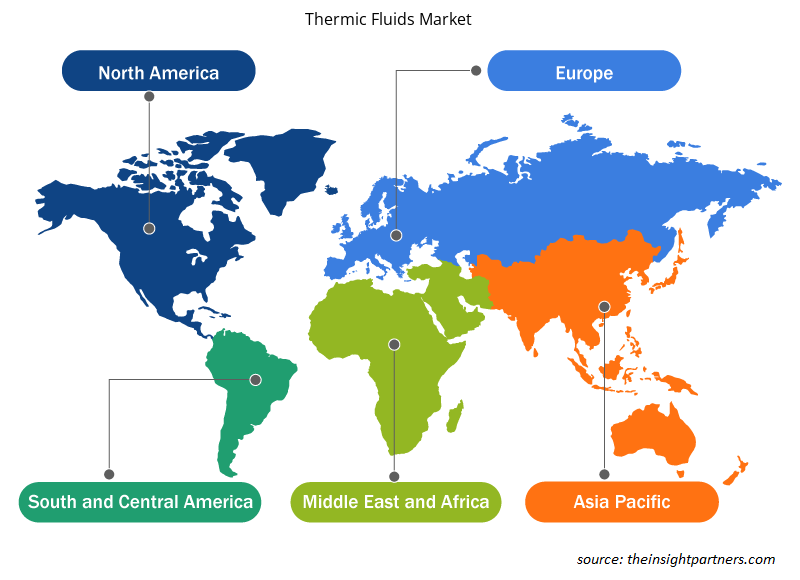
- Get the Regional Specific Data for Thermic Fluids Market
Thermic Fluids Market Report Scope
| Report Attribute | Details |
|---|---|
| Market size in 2024 | US$ XX million |
| Market Size by 2031 | US$ XX Million |
| Global CAGR (2024 - 2031) | 3% |
| Historical Data | 2021-2023 |
| Forecast period | 2025-2031 |
| Segments Covered | By Product
|
| Regions and Countries Covered | North America
|
| Market leaders and key company profiles |
|
Thermic Fluids Market Players Density: Understanding Its Impact on Business Dynamics
El mercado de fluidos térmicos está creciendo rápidamente, impulsado por la creciente demanda de los usuarios finales debido a factores como la evolución de las preferencias de los consumidores, los avances tecnológicos y una mayor conciencia de los beneficios del producto. A medida que aumenta la demanda, las empresas amplían sus ofertas, innovan para satisfacer las necesidades de los consumidores y aprovechan las tendencias emergentes, lo que impulsa aún más el crecimiento del mercado.
La densidad de actores del mercado se refiere a la distribución de las empresas o firmas que operan dentro de un mercado o industria en particular. Indica cuántos competidores (actores del mercado) están presentes en un espacio de mercado determinado en relación con su tamaño o valor total de mercado.
Las principales empresas que operan en el mercado de fluidos térmicos son:
- Petróleo británico (BP)
- Compañía química Dow
- Dynalene Inc
- ExxonMobil
- Petróleo Hindustan
Descargo de responsabilidad : Las empresas enumeradas anteriormente no están clasificadas en ningún orden particular.
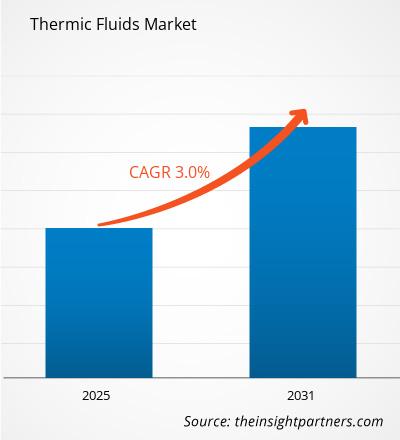
- Obtenga una descripción general de los principales actores clave del mercado de fluidos térmicos
Puntos de venta clave
- Cobertura integral: el informe cubre de manera integral el análisis de productos, servicios, tipos y usuarios finales del mercado de fluidos térmicos, proporcionando un panorama holístico.
- Análisis de expertos: el informe se compila sobre la base de un profundo conocimiento de expertos y analistas de la industria.
- Información actualizada: El informe asegura relevancia comercial debido a su cobertura de información reciente y tendencias de datos.
- Opciones de personalización: este informe se puede personalizar para satisfacer los requisitos específicos del cliente y adaptarse adecuadamente a las estrategias comerciales.
Por lo tanto, el informe de investigación sobre el mercado de fluidos térmicos puede ayudar a abrir camino para descifrar y comprender el escenario de la industria y las perspectivas de crecimiento. Si bien puede haber algunas preocupaciones válidas, los beneficios generales de este informe tienden a superar las desventajas.
- Análisis histórico (2 años), año base, pronóstico (7 años) con CAGR
- Análisis PEST y FODA
- Tamaño del mercado, valor/volumen: global, regional y nacional
- Industria y panorama competitivo
- Conjunto de datos de Excel
Informes recientes
Testimonios
Razón para comprar
- Toma de decisiones informada
- Comprensión de la dinámica del mercado
- Análisis competitivo
- Información sobre clientes
- Pronósticos del mercado
- Mitigación de riesgos
- Planificación estratégica
- Justificación de la inversión
- Identificación de mercados emergentes
- Mejora de las estrategias de marketing
- Impulso de la eficiencia operativa
- Alineación con las tendencias regulatorias












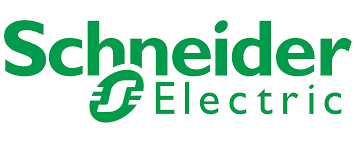



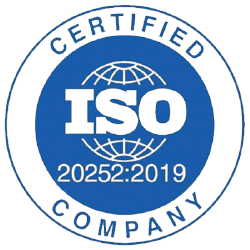


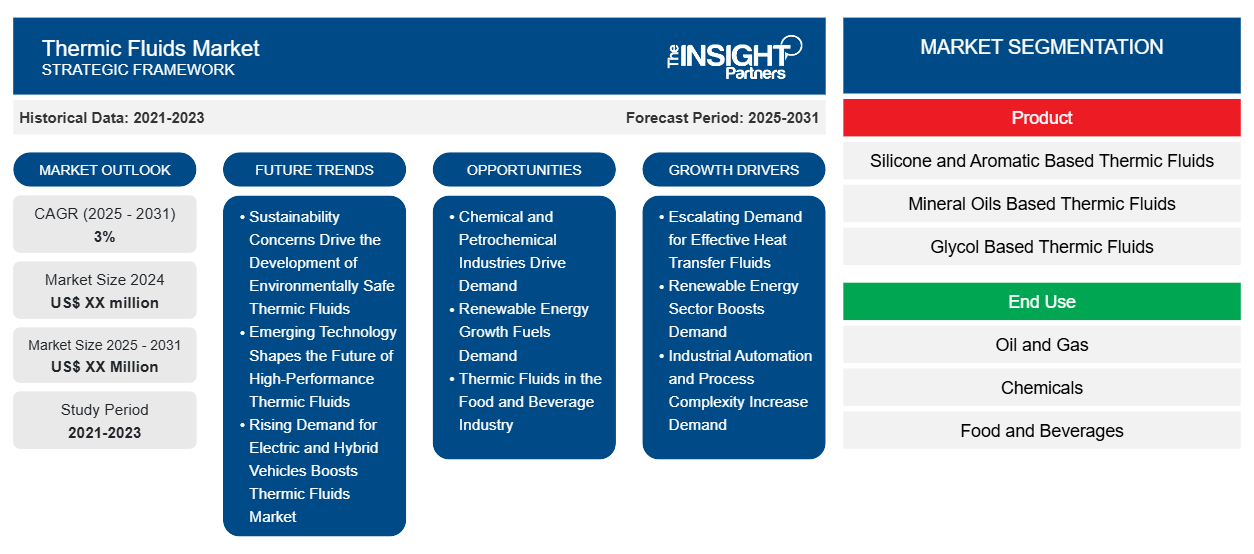

 Obtenga una muestra gratuita para - Mercado de fluidos térmicos
Obtenga una muestra gratuita para - Mercado de fluidos térmicos